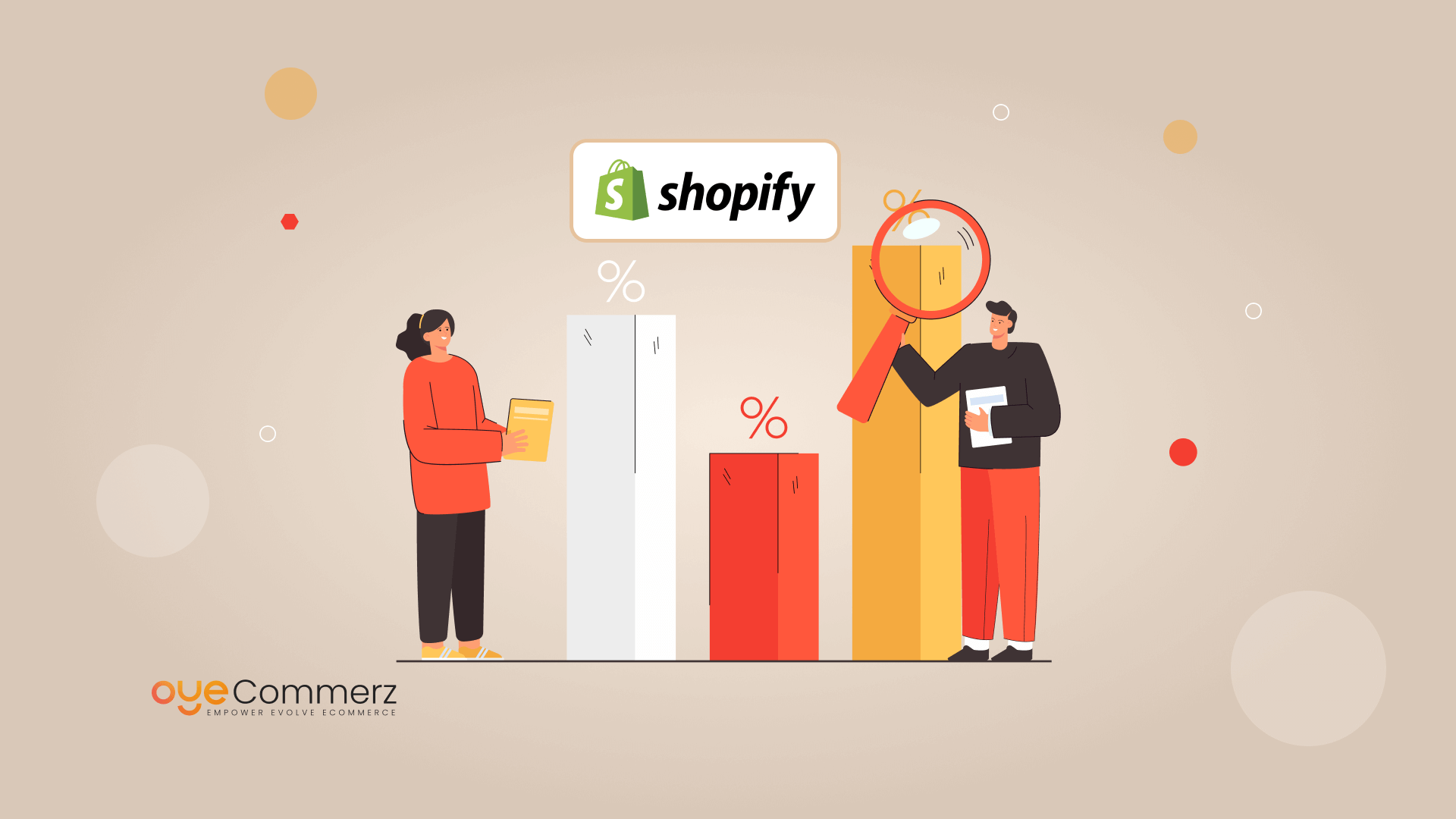
Introduction
In this competitive e-commerce environment, Shopify store owners are constantly seeking methods to boost profits and improve their workflow. One powerful solution is through tailored Shopify applications customized to address specific requirements. Connecting with the Shopify API and utilizing resources like the Polaris design system, these solutions empower organizations to grow sustainably while boosting customer engagement. In this article, we’ll dive into important facets of Shopify application creation, from visual design concerns and essential features to best practices for upkeeping and expanding app capabilities efficiently.
1. Understanding Shopify API Linkage
A comprehensive knowledge of Shopify’s Application Programming Interface—involving Representational State Transfer and Graph Query Language—is essential for creating reliable Shopify apps. With these APIs, developers can access, change, and handle information within a Shopify store. The GraphQL API offers fast information processing, enabling faster responses by obtaining only the required information. Connecting the API allows app creators to customize app features to the company’s specific demands, providing a seamless customer interaction that improves operational effectiveness and sales.
2. Leveraging the Polaris Design System
Shopify’s design system assists developers to design a cohesive and user-friendly interaction across Shopify apps. Polaris provides a suite of building blocks and best practices that fit with Shopify’s design language, creating apps appear native within the Shopify interface. This approach goes beyond supports smooth customer touchpoints but also helps preserve brand consistency, an important factor in creating trust with clients.
3. Building within the Shopify Application Network
The Shopify app ecosystem is extensive, permitting programmers to create integrated Shopify applications that operate inside a store's admin panel. Internal apps streamline the customer journey by integrating seamlessly within Shopify’s platform, eliminating the necessity for additional authentication or extra steps. For programmers, using Node.js for behind-the-scenes operations and the React framework for the user interface has grown into a popular choice, as these frameworks enable scalable, user-friendly programs that provide an optimal user experience.
4. Essential Components for Shopify Applications
A effective Shopify app requires capabilities that tackle key pain points in the digital sales process. Webhooks for immediate alerts, bespoke design customization options, and multi-platform sales features are vital aspects that can boost store management and user interactions. By implementing these components, Shopify apps go beyond simplify business processes but also improve the overall customer experience.
5. Key Strategies for Creating Shopify Apps
When building Shopify applications, it’s crucial to adhere to standard guidelines. App maintenance strategies such as regular updates, customer support, and protection protocols are critical for building user trust. Promotional efforts app visibility strategies for Shopify applications can also be utilized to increase app reach and adoption. Interaction boosters, such as prompt messages and incentive plans, are essential for keeping how to build a Shopify app customers and creating a devoted customer base.
6. Growing Shopify Apps for Success
As Shopify stores grow, growing app performance becomes critical to handle higher user loads and feature requests. Using on-demand resources and emphasizing efficient data handling through GraphQL can support applications grow without slowdowns. It’s also necessary to have a plan for growing the app’s framework to manage expansion, including a list for selecting a development partner with expertise in Shopify applications.
7. Understanding the Cost of Creating Shopify Apps
Building tailored Shopify applications can vary significantly in price depending on the features, linkages, and unique adjustments required. Key elements like backend linkages, user interaction elements, and promotional features can add to the investment. However, the return on investment (ROI) is often valuable, as these applications can significantly boost sales and streamline business processes.
8. Support Plans
Keeping apps updated is equally necessary as initially building it. Regular updates to address errors, boost safety, and keep alignment with the new Shopify versions are essential. Planned support measures also include customer support and additional improvements that keep up with the digital retail landscape.
9. Resources for Creating Shopify Applications
Shopify offers multiple options to ease the development process, from software platforms like Node.js and React.js framework to Webhooks for instant alerts. Platforms including Shopify’s CLI simplify the app creation path, while Shopify App Bridge facilitates integrated applications to work smoothly with Shopify’s control panel. These resources are key for creating apps that are both functional and easy to use.
10. Future Trends in Shopify App Development
The outlook of Shopify app creation is bright, with innovations heading in the direction of AI-powered features, enhanced omnichannel capabilities, and new application add-ons. As online shopping progresses, developers will need to stay ahead new directions to create applications that not only fulfill but exceed market demands.
Final Thoughts
Tailored applications for Shopify provide a powerful method for digital retailers to expand with ease, boost sales, and optimize processes. From API integration and the Polaris design system to advanced features and maintenance strategies, all factors of Shopify application building plays a crucial role in delivering a smooth experience for shoppers. As Shopify continues to innovate, staying ahead of emerging directions in software building will allow organizations maximize Shopify’s comprehensive offerings, solidifying their position in the digital retail industry.